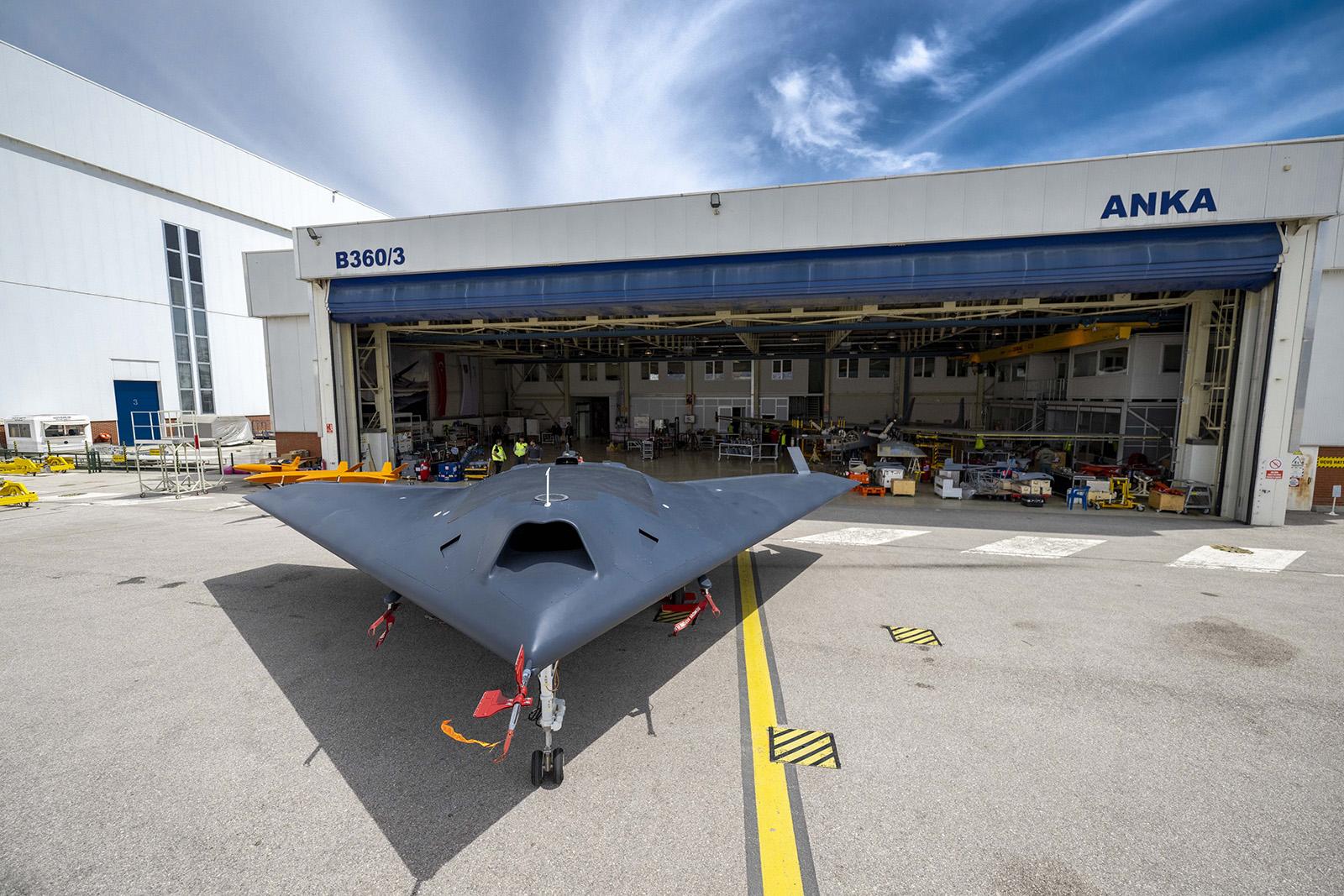
Credit: Turkish Aerospace
ANKARA, Turkey—Turkish Aerospace is developing a family of uncrewed combat air vehicles (UCAV) based on its newly developed Anka-3 platform, company officials say. Publicly revealing the 7-metric ton, flying-wing UCAV during the company’s 50th anniversary here May 1, Turkish Aerospace officials told...
Subscription Required
This content requires a subscription to one of the Aviation Week Intelligence Network (AWIN) bundles.
Schedule a demo today to find out how you can access this content and similar content related to your area of the global aviation industry.
Already an AWIN subscriber? Login
Did you know? Aviation Week has won top honors multiple times in the Jesse H. Neal National Business Journalism Awards, the business-to-business media equivalent of the Pulitzer Prizes.





